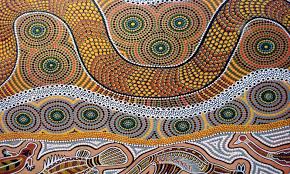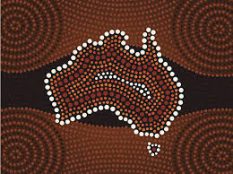Music Group III
Indulkana Aboriginal Reserve, S. Australia: Inma Nyinyi
(See notes below)
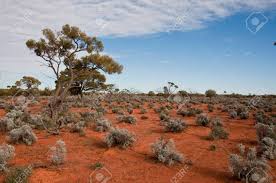
(Sound cues in text start at 0:00)
In 1976 I was allowed entry to the Indulkana Aboriginal reserve, (accent on the second syllable), several hundred miles of dirt road north of Adelaide, following my introduction the year before to Dr. Catherine Ellis. A once in a lifetime experience. She came to SFU in 1975 after hearing one of Murray’s lectures, to develop a therapeutic sound environment for displaced aboriginal interpreters. I was attracted by her stories, and the following year put all my savings into a flight to Adelaide and got a Canada Council travel grant for the rest.
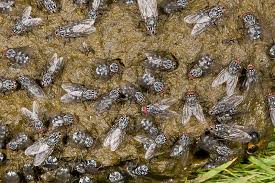
This section is a continuous multi-track soundscape mix taken from a dozen or so individual sound sources. Timings are cumulative from the opening. N.B. Although I had permission to record this material in general, it had not been formally cleared – when a death occurred on the reserve. That was that; within hours they were on their way to Indulkana and I had to leave for Vancouver the next day; I would ask listeners to respect this and not copy any of the conversational Pitjandjara elements in this section.)
I had no idea what I was getting into, but whatever plans I had got tossed out the more I heard about their Inma and its role in the culture. At first I tried to rationalize some kind of soundscape basis to a preliterate culture, especially after hearing bits of the Nyinyi epic. That’s a teeny little zebra finch to you and me, but the seemingly innocuous story in fact traces a several-hundred-miles-long song & performance pathline which is, after 75,000 years (not a typo) in Australia, now on the verge of extinction. The only reason I was allowed to record parts of it was that it was non-secret material which served as a teaching tool that Ms. Ellis, the interpreters and the Indulkana community were using to maintain the song (and the related social behaviour) in the cultural memory. Incredible, really.
(See below, for a poem by Mona Tur, one of the interpreters at about the 11:00 mark). Most of Dr. Ellis’ work at this point in her career focused on emotional support for many of these interpreters, who as detribalized victims of even their own culture, had no identity).
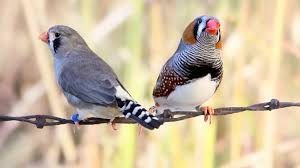
So yes, I was somewhere between thrilled and terrified when I arrived in the middle of the night off the bus from Adelaide with 5 senior song men and women. Cath had said calmly to me before I left for Indulkana that they’d size me up, decide whether I was genuine or not (her phrase) – and either let me in, or send me packing. Well, I passed – but first… the flies… they’re everywhere; this sequence begins with a cloud of flies buzzing around you to confirm the fact that this is not an easy place to be. But of course as the intrepid recordist, I put up with it, listening to the dozens of little finches flitting about from bush to bush, chattering to each other…a distant horse neighs quietly (1:10)… and now I’m becoming aware of the rattle/clang of the windmill-powered artesian well that’s common here. (1:45). We are a couple of miles from Indulkana, which is itself in the middle of a vast desert. We’re in a large bowl made up of a circular sandhill. To me it’s an interesting, toughly beautiful spot. To others, just a pile of rocks. To the Aboriginal person, it’s a sacred place, full of power.

Now, if you don’t agree that the next sound (2:40) comes from a single source, I don’t blame you, but I swear it’s true. This is the magnificent, weird-sounding Magpie and it hung around for quite a while – not only does it produce some very interesting sounds in a multiple phrases, but at the same time is making it as if it has made it’s sound actually go backwards in time. Can’t explain that comment, but if you’ve ever run an audio tape in reverse, you’ll know what I mean.
That voice (04:00) you are starting to hear in the distance is my babysitter Norman, who along with his spouse Angelina have been assigned supervisory roles to make sure I don’t misbehave, or otherwise commit too many social blunders; he’s speaking the local Pitjandjara language and I have no idea what he’s saying, except it’s about Nyinyi.
Next, a remarkable thing: at one point in his narrative (5:55) Norman breaks into a Nyinyi verse (I know this because I’ve been learning it for a couple of weeks in my Inma class). I had heard that these people learn the material so well they’ll perform at exactly the same pitch a year after year. Listen now as we hear the men recorded a few weeks earlier, fading in with the same verses Norman sang (6:15) – and it’s dead in tune. Not surprising I guess, once you know that with the exception of the teaching songs, everything else is sacred. There is a huge invisible “No Trespassing” sign around the unauthorized performance of any of this material.
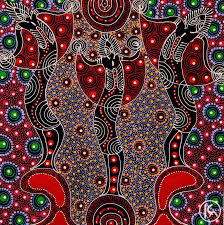
Norman continues in English – about the ladies material below (“This is a proper dreamin’”) (8:25). And now it’s nightfall in the camp – kids singing hymns in the distance (9:30); Mona’s poem (11:10); Angelina speaks (12:40); setting up to record a few of the ladies’ verses, (13:50).
One more point: the time I spent at the Adelaide teaching facility coincided with the arrival of 3 ladies from the reserve with a song they had prepared (“dreamed”) especially for Cath. A few verses are included here. Starting at about the 15:00 minute mark in this section they put me on the spot, and asked me to sing with them. Well, at first I’m mumbling along, but a couple of minutes later (about 16:50) I can be heard bringing up the bass section. I get an enthusiastic “Good on ya!” from Billy Mungie (my mentor while up at the reserve). I mention this not only to boast a bit, but to show how proud they are about their Inma and how important the restoration work at Indulkana has become. I’ll never forget these people – the whole experience changed my life and opened the door to my future.
When the North Wind Blows
When the north wind blows
It calls me back in memory
Of carefree bygone days
With people of my beginnings.
As I ran naked in the hot desert sun
I felt the throbbing of the red desert sand
When it cradled my body in its warm bed,
[Of] distant plains as far as the eye [I]can see
.[…]every tree and bush that grow in this harsh, dry land.
Hills formed by our ancestral beings
Stand guard in all their mystery.
This then, is my land,
Harsh, yet beautiful.
It kept my soul and spirit
In perfect tranquility.
– Mona Tur
Pitjandjara Interpreter
